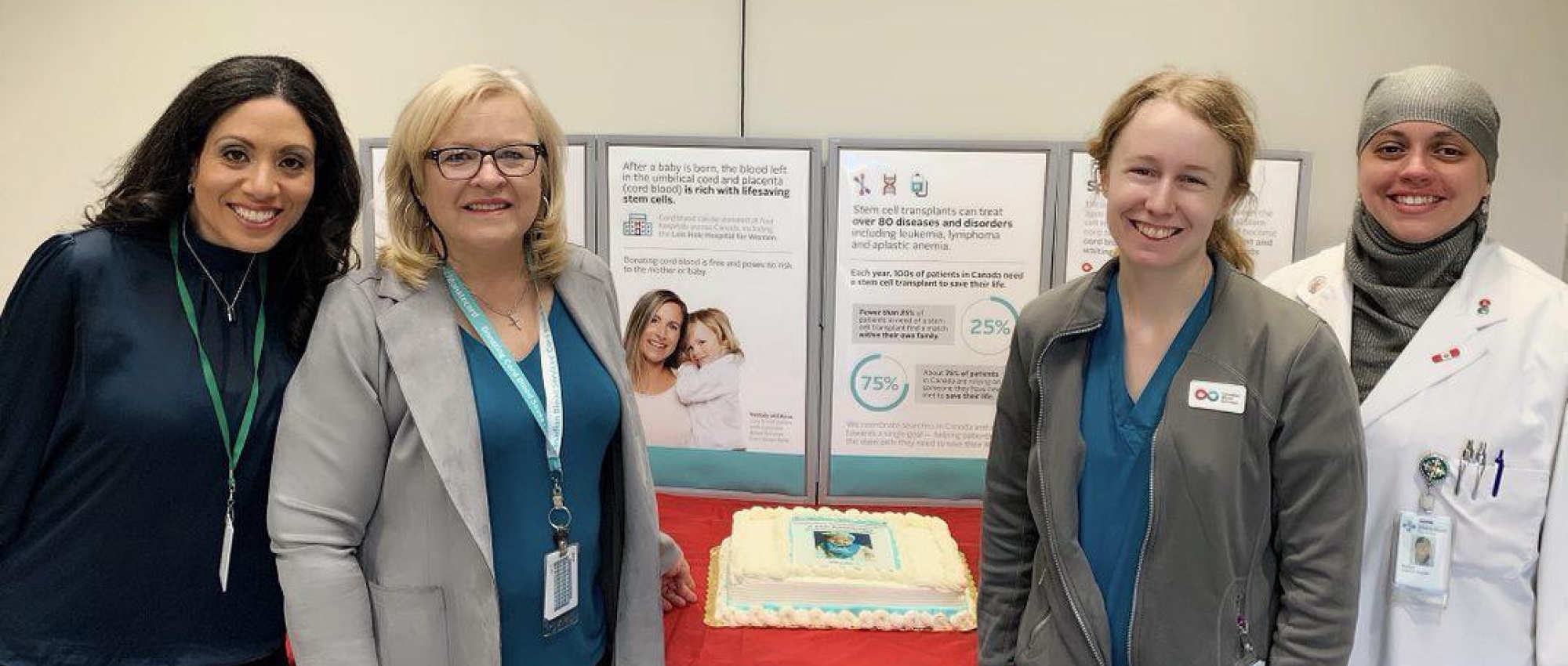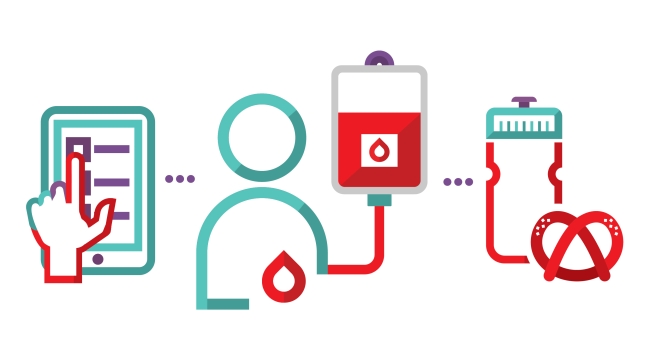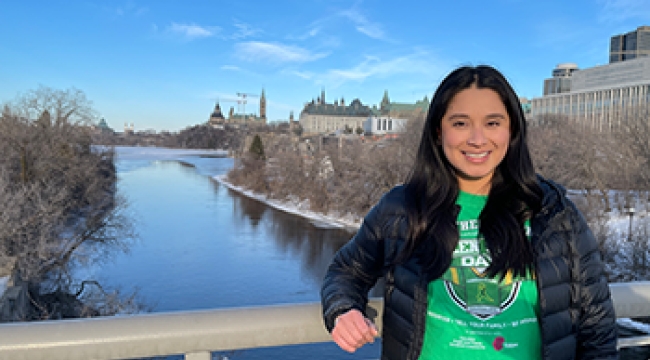Celebration events mark fifth anniversary of cord blood partnerships
Last week marked the five-year anniversary of partnerships we struck to collect umbilical cord blood units from expectant mothers delivering at one of four designated collection hospitals.
To honour the occasion, Canadian Blood Services stem cell leaders joined staff and supporters of Canadian Blood Services’ Cord Blood Bank at events organized at BC Women’s Hospital in Vancouver and at Lois Hole Hospital for Women in Edmonton.
Special guests included Jeff Chiba Stearns, the filmmaker of the award-winning documentary Mixed Match, Penny Chan with the OtherHalf Chinese Stem Cell Initiative, and doctor Gul Jiwa.
In different ways, they have all helped encourage ethnically diverse people to support patients in need of a stem cell transplant.
An investment to help patients
Canadian Blood Services’ Cord Blood Bank has been in operation since September 2013 when we started collecting units in Ottawa. Collections started in Brampton in July of the following year, and then in Vancouver and Edmonton in January 2015.
“Since we started the cord blood bank, we’ve collected cord blood from over 34,000 moms across Canada,” said Dr. Heidi Elmoazzen, director, stem cells in her remarks in Vancouver.
“We’ve banked about 3,500 units, and 25 of those units have gone out for transplant to patients in Canada and around the world. We are starting to see the uptake of the use of these cord blood units, which is particularly important for those hard-to-match patients.”
Hundreds of patients in Canada are waiting for a stem cell transplant. Stem cells can be used to treat over 80 diseases and disorders. Cord blood is one source of stem cells and an important option for treatment.
“Currently, the stem cell registry is primarily Caucasian,” explained Dr. Elmoazzen. “One of the reasons we wanted to set up the cord blood bank was to help close that diversity gap. Right now, over 60 per cent of the units in our cord bank are non-Caucasian. Over 25 per cent come from mixed or multiple-ethnicity babies, which is fantastic as well to help close that gap. We now have one of the most ethnically diverse cord blood banks in the world,” she said.
Patients in need of a stem cell transplant are much more likely to find a match with someone of similar ethnic background. That’s why it’s important we build a bank reflective of the unique diversity we have in Canada.
Typically, cord blood would be discarded as medical waste. Collecting cord blood after the delivery of a healthy baby is a great way to use this valuable resource for transplant and research.
Advancing research
“We bank about 16 per cent of the cord blood units we collect for transplant,” said Dr. Elmoazzen. “One of the great outcomes of setting up the cord blood bank is that the remaining units have been made available to scientists and supported hundreds of research initiatives across Canada. It’s exciting that we’re advancing the field of cellular therapy and basic research.”
In her closing remarks, Dr. Elmoazzen called for continued efforts to raise awareness of the cord blood bank.
“We want more moms to know this is an option and let her health care provider know up front that she’s interested in donating her baby’s cord blood,” she said. Those who do will be part of the infinite connections that help bring donors and patients together.



